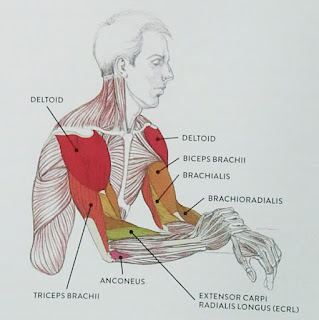 |
The Midnight Assassin
by Skip Hollandsworth ISBN-13: 9780805097672 Hardcover: 336 pages Publisher: Henry Holt and Co. Released: April 5, 2016 |
Source: ebook review copy from the publisher through NetGalley.
Book Description, Modified from Goodreads:
A sweeping narrative history of a terrifying serial killer--America's first--who stalked Austin, Texas in 1885. The city of Austin, Texas was on the cusp of emerging from an isolated western outpost into a truly cosmopolitan metropolis. But beginning in December 1884, Austin was terrorized by someone equally as vicious and, in some ways, far more diabolical than London's infamous Jack the Ripper. For a year, the Midnight Assassin crisscrossed the city, striking on moonlit nights using axes, knives, and long steel rods to rip apart women of every race and class. The citizens' panic reached a fever pitch.
Before it was all over, at least a dozen men would be arrested (and released) in connection with the murders, and the crimes would expose what a newspaper described as "the most extensive and profound scandal ever known in Austin." And when Jack the Ripper began his attacks in 1888, London police investigators did wonder if the killer from Austin had crossed the ocean to terrorize their own city.
My Review:
The Midnight Assassin is a true crime book about a series of gruesome murders from December 1884 to December 1885 in Austin, TX. The police had minimal forensic methods at that time and didn't know how to investigate a series of seemingly motiveless murders. There was very little evidence gathered. A number of men were arrested but released or acquitted due to lack of evidence. The case was never solved.
The book explored the social structure of the city and how these crimes changed Austin, Texas. The first women to be killed were black servants, but it ended with the deaths of several higher class white women. It was interesting to see how the citizens reacted to the various crimes. I'm impressed that those in charge managed to prevent lynchings and that innocent men weren't convicted.
The author vividly described Austin before, during, and after the murders, including details about notable events leading up to the murders. He described the murders and the steps taken to track down the killer(s). He provided clinical descriptions of the bodies and how people reacted to the sight. He didn't play up the gore, but these were very grisly, chilling murders. I'd recommend this book to people interested in the first American serial killer.
If you've read this book, what do you think about it? I'd be honored if you wrote your own opinion of the book in the comments.









